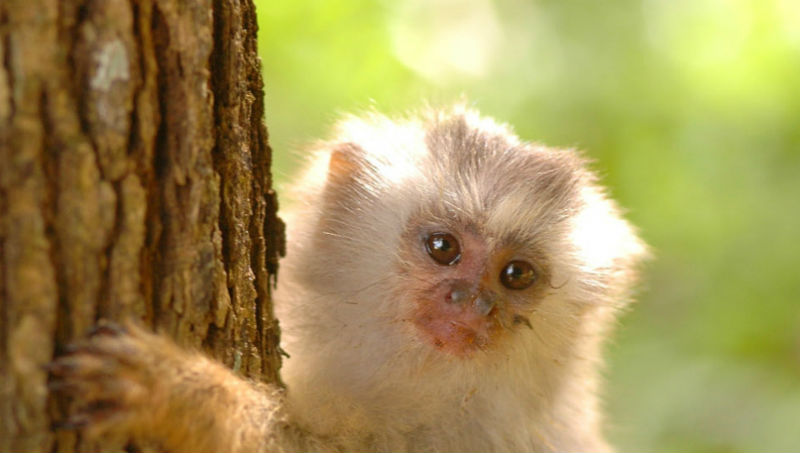Alta Floresta – Cristalino National Park considered as Private National Heritage Reserve (PNHR) has a primary and lush forest, home to a variety of natural habitats. The Cristalino reserve is the first PNHR of northern Mato Grosso, created in 1997 by the enterprise itself. The PNHR is a private area, recorded in perpetuity, with the goal of conserving Brazil’s biological diversity. The creation of a PNHR is a voluntary act of the owner of an area whose main beneficiary is the natural environment.
– Conservation of natural resources and biodiversity.
– Environmental education.
– Responsible tourism through small groups on groomed trails.
– Support for research projects through the Cristalino Foundation.
The Reserve is divided into geographical areas with different uses and purposes such as tourism, conservation, research and monitoring. This area is managed by a team with different areas of expertise – such as biology, management and education – through the Cristalino Foundation.
The Cristalino forest reserve borders with the Cristalino State Park, an important conserved area of 184,900 hectares in the Amazon. This park connects with the Air Force Reserve, with 2.16 million hectares. Other reserves also linked in this mosaic are: Biological Reserve Headwaters, the Xingu Reserve, and Kayabi Mundurukú Indigenous Area, Juruena National Park, New River Park, Jamanxim National Forest, Crepori National Forest, Mosaic Apuí Sucunduri Park, Jatuarana National Forest Reserve and Aripuana.
ALL YEAR LONG AVAILABLE
There are two different “seasons” in Alta floresta: dry and wet. Traveling in the dry or rainy seasons provides completely different experiences, so it is so important to choose the date of travel. It is recommended also that you visit the Amazon in the two seasons, so you can see live the impressive change in river levels. (Depending of the location, some lodge will be closed for few weeks i the dry season).
Get ready for high temperatures in any season, especially in September, the terror of locals when the temperature passes 40ºC. The average annual temperature is around 27ºC, but the humidity and sultry weather, make the thermal sensation higher.
Heat and humidity are present all year; during the dry season, from June to November, it rains less. The dry season (winter) is when the rivers has the lower water level and form the river beaches. The rainy season (summer) is from December to May and reflects on the level of the rivers, causing it to be very full and forming the flooding forest. The level reached vary about 15 meters between flood and drought, so the construction are adapted to changes – very interesting to watch and experience indeed.
Using the Manaus International Airport is not only the fastest option, but also the most comfortable. Manaus is in the middle of Amazonian forest , getting to other capitals in the North by roads is exhausting, endless and to be frank, impossible. The river transportation, characteristic in cities bathed in rivers, is one of the alternatives most used by locals and by you as you will reach the jungle after your arrival.
The pier where depart the boat to the lodges is at the Tropical Manaus hotel.
Primary means of arrival of domestic and foreign tourists, the Manaus International Airport has been renovated to receive the World Cup. It is a little away from the city center.
Importantly, in addition to serving as arrival in Manaus, the airport offers flights to overseas countries, especially the United States, subject of many promotions throughout the year.
The boats are often used by the inhabitants of the Amazon region to go from one city to another. It is common to use them to get from Itacoatiara and Parintins to Manaus, for example; however, the negative factors are the longest duration and the discomfort of the vessels, which only have hammocks. To get an idea, between Belem and Manaus the boat trip takes about four days.
The transfers to the lodge can carry between 40 minutes and 4 hours.
Dry-fit t-shirts – Dry-fit long-sleeved shirts
– Trousers (Tactel or similar material)
– Comfortable walking shoes
– Hat or cap
– Comfortable socks for walking
– Light raincoat or anorak
– Binoculars
– Sunglasses
– Sunscreen SPF 30 or higher
– Insect repellent (we recommend odorless repellent)
– After Bite itch eraser
– Camera
– Happiness

Thoughtful thoughts to your inbox
*We never send spam